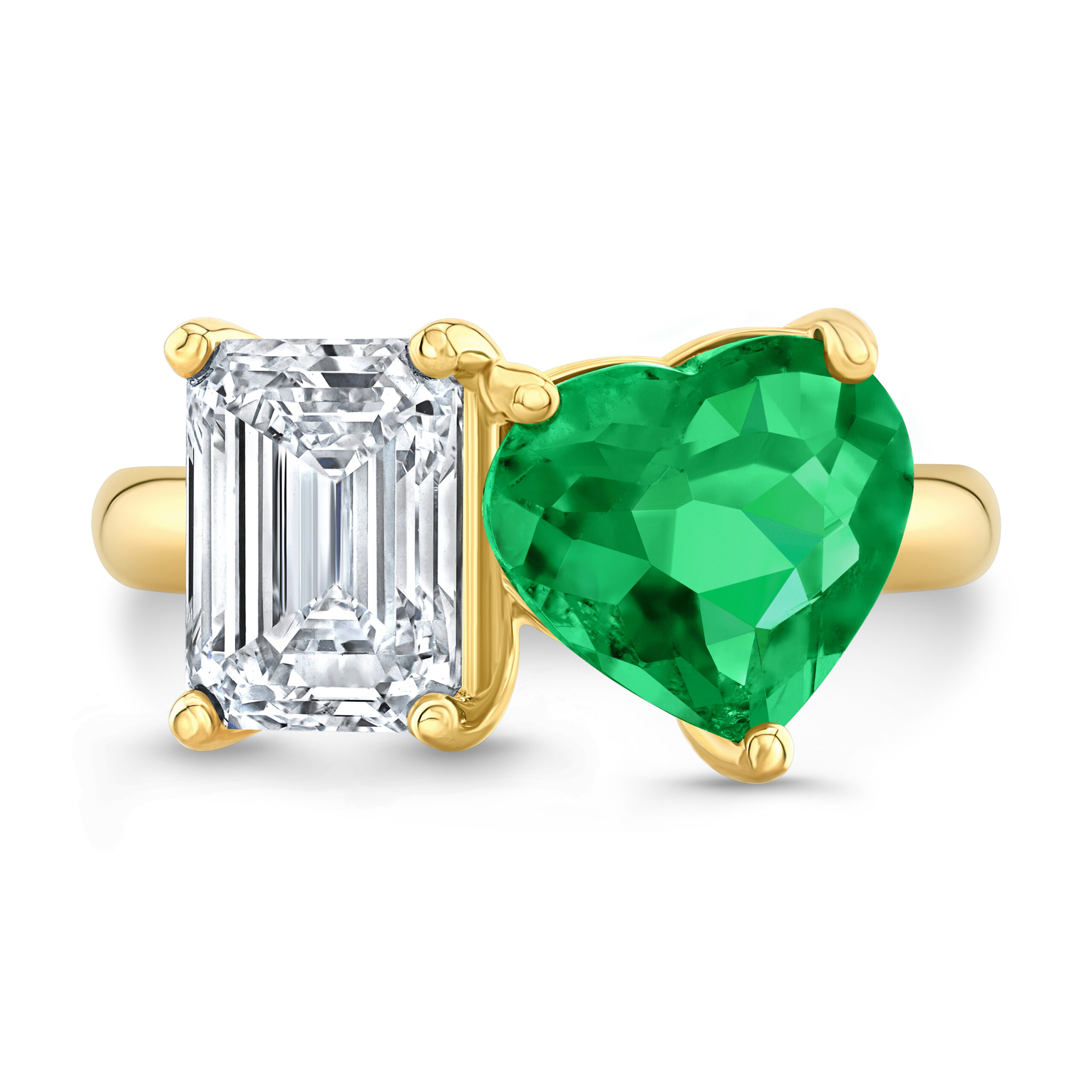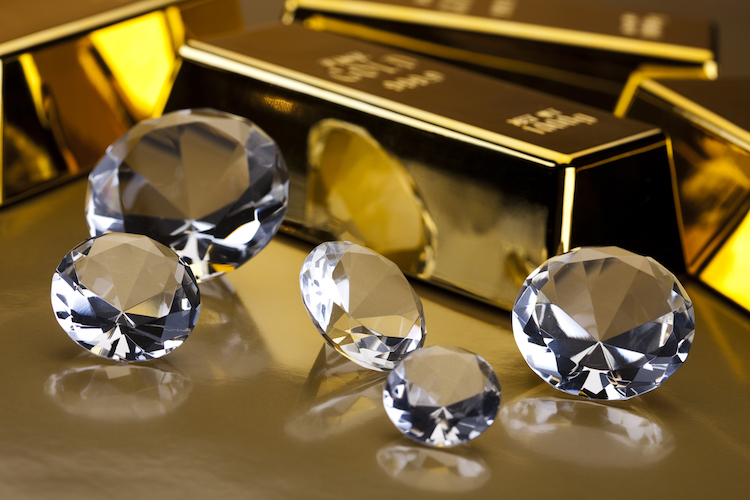Table of Contents
Introduction to Diamonds
Diamonds! Just the word brings to mind images of sparkle and extravagance. Whether you’re dreaming of an engagement ring or simply admiring a piece of gems, diamonds have an extraordinary allure. In any case, what makes them so special? How about we plunge into the captivating universe of diamonds to uncover their secrets, significance, and the science behind their beauty.
A Short History of Diamonds
Ancient Origins
Did you had any idea about that diamonds have been around for thousands of years? The earliest realized diamonds were discovered in India 다이아몬드 모양, where they were worshipped as talismans and used in religious icons. Back then, they weren’t the sparkling gems we know today; they were more similar to unpleasant stones, appreciated for their hardness and rarity.
Current Discoveries
Fast forward to the nineteenth century when diamonds really began to capture the Western world’s attention. The discovery of diamonds in South Africa changed the game completely, leading to a diamond rush that made gems more accessible and desirable. This period also saw the introduction of diamond trading as we probably are aware it, complete with the establishment of De Beers and the notorious marketing campaigns that would make diamonds synonymous with adoration and commitment.
What Are Diamonds?
Composition and Structure
So, what exactly is a diamond? At its center, a diamond is a carbon crystal. The carbon atoms are arranged in a tetrahedral lattice structure, which gives diamonds their mind blowing hardness — making them the hardest natural substance on Earth. This extraordinary arrangement is what allows diamonds to refract light in such a stunning way, creating their characteristic sparkle.
How Diamonds Form
Diamonds form profound inside the Earth’s mantle under outrageous tension and temperature. This process takes millions of years, as carbon transforms into diamonds. There’s something magical about the fact that these beautiful stones come from the depths of the Earth, isn’t there?
The Four Cs of Diamonds
While shopping for a diamond, you’ll experience the expression “Four Cs.” This refers to Cut, Variety, Clarity, and Carat weight. How about we break each one down.
Cut
The cut of a diamond is perhaps the most critical factor in deciding its overall beauty. It refers to how well the diamond has been shaped and polished. A very much cut diamond reflects light beautifully, creating that breathtaking sparkle that we as a whole love. There are various styles of cuts, such as the classic round brilliant and the popular princess cut.
Variety
Diamonds arrive in a range of colors, from totally colorless to shades of yellow or brown. The less variety present, the higher the quality. The Gemological Institute of America (GIA) grades diamond variety on a scale from D (colorless) to Z (light yellow). It’s fascinating how a small variation in variety can affect a diamond’s value!
Clarity
Clarity measures the internal and external flaws in a diamond, known as inclusions and blemishes. The clearer the diamond, the more valuable it is. However, most inclusions are microscopic and can be seen under magnification. So, don’t stress too a lot over those minuscule imperfections; they add character!
Carat Weight
Carat weight indicates how much a diamond weighs. Larger lab made diamonds are rarer, making them more valuable. In any case, recollect, carat weight is just one aspect; a very much cut smaller diamond can outshine a larger, inadequately cut one.
The Diamond Industry
Mining Diamonds
The excursion of a diamond starting from the earliest stage your gems box is a remarkable adventure! Diamonds are mined in various ways, including open-pit mining and alluvial mining. Each strategy has its own environmental and ethical considerations, sparking progressing debates in the industry.
Ethical Sourcing
Lately, consumers have become more aware of the ethical implications of diamond sourcing. The “blood diamond” controversy has led to increased demand for ethically sourced stones, inciting many companies to give transparency about their supply chains. This shift is encouraging a more responsible diamond industry.
Types of Diamonds
Natural Diamonds
Natural diamonds are formed more than millions of years in the Earth’s mantle. They come in various shapes, sizes, and colors, each with its novel story and characteristics.
Synthetic Diamonds
Synthetic diamonds, or lab-grown diamonds, are made in controlled environments using high-pressure, high-temperature (HPHT) or chemical vapor deposition (CVD) methods. They possess the same physical and chemical properties as natural diamonds however are often more affordable.
Lab-Grown Diamonds
Lab-grown diamonds have gained popularity for their ethical and environmental benefits. They offer the same sparkle and quality as natural diamonds however at a fraction of the cost.
Diamond Simulants
Diamond simulants, such as cubic zirconia or moissanite, are not real diamonds however can impersonate their appearance. While they are more affordable, they don’t possess the same properties as natural or lab-grown diamonds.
Caring for Your Diamonds
Cleaning and Maintenance
To keep your diamonds sparkling, regular cleaning is essential. A delicate solution of warm water and gentle soap is usually enough. Just make sure to avoid harsh chemicals that could damage the setting.
Storage Tips
Storing your diamonds appropriately can forestall scratches and damage. Consider using a soft pocket or a separate compartment in your gems box to guard your pieces from each other.
Diamonds in Culture and Society
Symbolism and Meaning
Diamonds symbolize strength, immaculateness, and love, which is the reason they are often chosen for engagement rings. Their enduring nature makes them an ideal metaphor for lasting affection.
Diamonds in Art and Literature
Diamonds have made their mark in various forms of art and literature. From Shakespeare’s sonnets to current films, these gems have inspired countless works and keep on being a strong symbol in our culture.
Eventual fate of Diamonds
The eventual fate of diamonds is without a doubt energizing. With advancements in innovation, the rise of lab-grown diamonds, and increasing awareness around ethical sourcing, the diamond industry is developing. Who can say for sure what innovations lie ahead?
Conclusion
Diamonds are something beyond beautiful stones; they are a mix of history, science, and cultural significance. Whether you’re purchasing one for yourself or as a present, understanding their value and the intricacies of their creation can enhance your appreciation for these stunning gems. So next time you see a diamond shimmering in the light, recollect the excursion it took to arrive — and the stories it has to tell.










